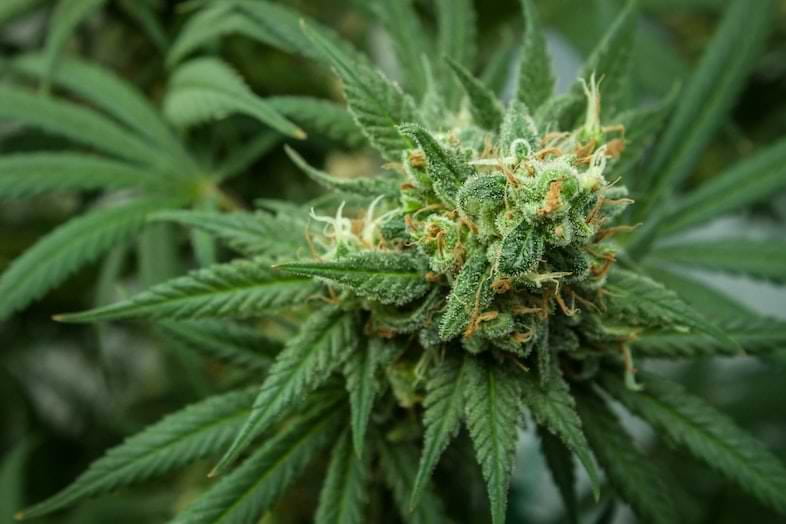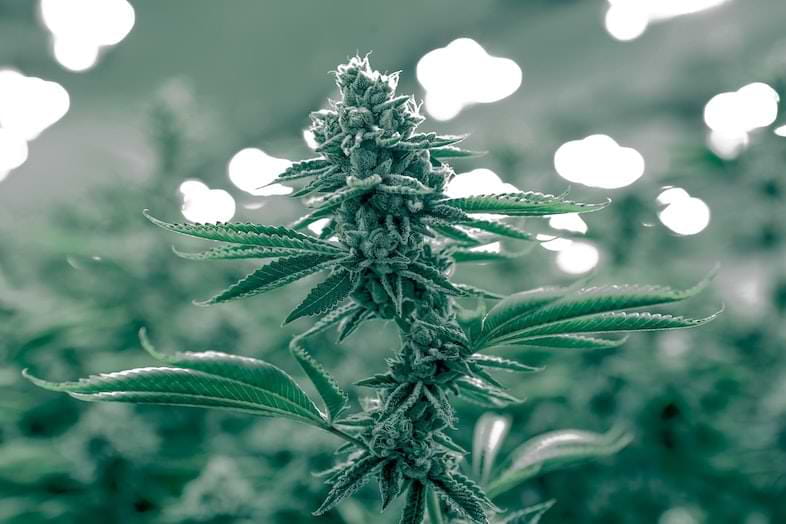Modified on: 01/12/2022
Let’s clarify the meaning of native cannabis and find out which genetics are the most popular
If you are a cannabis and marijuana seed enthusiast, chances are that in your spare time you enjoy searching for information, anecdotes, and trivia about this plant. You may have read something about native cannabis in passing, but never had the chance to delve deeper into the subject.
In this article, you will find out what is meant by native cannabis, what its main characteristics are and where the most important varieties grow.


Autochthonous cannabis: what it is and why it is called that
Native cannabis includes all naturally occurring varieties that have grown independently and developed without human intervention in specific geographical areas. All genetics created by breeders over the decades have originated from these species, and their preservation is critical. Only by maintaining the chemical characteristics of the strains that originated spontaneously and can adapt to different climatic conditions, it is possible to give birth to new varieties that are not contaminated by hybrids.
Many of the indigenous strains we know today were discovered in the 1970s and 1980s when cannabis pioneers began roaming the world searching for new strains to discover their characteristics, peculiarities and, of course, properties. Another goal of these curiosity seekers was to find new genetics to include in their cultivation; not surprisingly, specimens of indigenous species were picked up and taken to other continents.
A clarification must be made at this point: a cannabis plant, to be autochthonous, must remain within its territory. The term autochthonous indicates an animal or plant species that was born and developed in a certain geographical area. Specimens taken away from their places of origin are not classified as native but as heirlooms. This is because the composition of the substrate in which they were born and the climatic conditions to which they have adapted to survive independently are part of their status.
Therefore, the mere fact that they are taken to a different place where their survival depends on humans deprives them of this definition.
Read also: Sowing cannabis: why (and how) the moon affects plant growth
What are the distinguishing characteristics of indigenous cannabis?
With all the genetics created by hybridizing various species, recognizing one strain of marijuana and distinguishing it from others has become increasingly difficult. Only experienced breeders and enthusiasts can give each plant the right name, just as a good sommelier can recognize a wine without looking at the label.
Native plants, however, have substantial differences from cultivars, i.e., those cultivated by man. Let us see what they are. To begin with, wild-growing strains are distinguished by the diversity of:
- phytochemical compounds;
- leaf size;
- colour.
They are also much more unstable and inconsistent, as well as less productive. In light of this, you may wonder why it is so important for these plants to continue growing since hybrids have a better aromatic yield and higher productivity. Well, it’s very simple: only these specimens have pure genetics, which is crucial for developing new mixes. We could compare native cannabis plants to a neutral base to which different flavours, smells and textures can be added.
And then let us not forget the importance of biodiversity protection for the study of adaptation and survival in different environments. In short, by now, you should understand what native cannabis is and why it is so significant. At this point, let’s take a look at the three best-known indigenous strains among enthusiasts of this plant.


Autochthonous cannabis: the podium of the most important qualities
Among the most famous native cannabis qualities, Thai holds a prominent place. As the name suggests, this genetics grows wild in Thailand. From this Cannabis Sativa strain originated hybrids well known to marijuana users, such as Blueberry and Haze, which originated as a result of heirloom exports to the USA. Aromatically, this marijuana is reminiscent of chocolate and wood flavours with hints of citrus, while its energizing and stimulating properties are highly appreciated by artists and creative people.
Another renowned strain is Afghani, which grows in the mountainous ranges across Pakistan, India and (guess what) Afghanistan. It is an Indica variety, therefore smaller than the Sativa, but the aromatic yield and consistency of its inflorescence more than make up for this deficit. Its buds are dense and teeming with resin and terpenes, and its relaxing properties have won it many fans.
The third native strain we will tell you about also comes from Asia. The Hindu Kush grows in the same geographical area as Afghani and is exploited by the indigenous peoples for hashish production. This genetics is very hardy and adapts to extreme environmental conditions; it also abounds in trichomes and has a medium to high THC concentration, which makes it very suitable for medicinal use.
Read also: Hemp oil for the skin: are there any benefits for facial care?
In conclusion
To find native cannabis plants, it is necessary to travel to certain geographical areas. Cannabis seeds, on the other hand, are much easier to find, not least because of the not inconsiderable detail that, unlike inflorescence, they are not illegal.
At SensorySeeds you can find various genetics of feminized seeds, fast flowering seeds and quality auto-flowering seeds that you can collect or use for culinary or cosmetic purposes.









